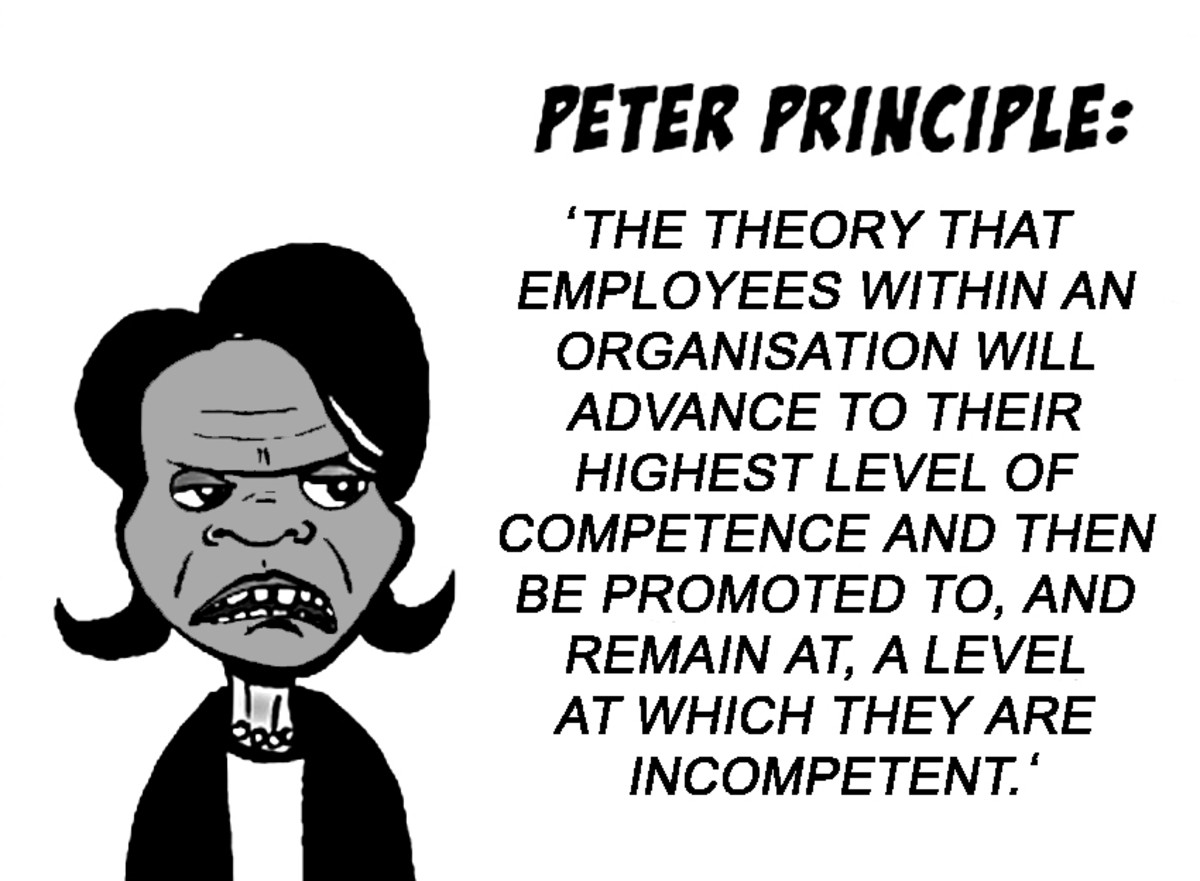How to Prevent Worker Dissatisfaction from Crippling Your Business
Job Satisfaction Poll
How satisfied are you with your job?
Developing an Employee Engagement Mindset
Not happy with your job? Most American workers are not according to a survey conducted by The Conference Board with a report of the results published on January 5, 2010. In fact, the article points out that only 45% of American workers are “satisfied” with their jobs and these are workers that have a job in this current economy! Interestingly, the “Great Recession” is not to blame for the low satisfaction score because, according to the article, “worker dissatisfaction has been on the rise for more than two decades.” So what gives? Who is to blame? What can be done to improve job satisfaction?
What gives? A two-decade decline means that early warning signs were not heeded or ignored. If you look at business books and articles published since the 1980s you will see the countless references to topics that address worker/job satisfaction. Then there are the numerous training and development programs that address the topic. Again I ask, what gives? Insanity! Actually, I believe that is part of the answer. You’ve probably read that the definition of insanity is doing the same thing over and over and expecting different results. I would bet that the workers that rated their jobs as unsatisfying work at companies that practice the insanity definition.
Who is to blame? Certainly, individual workers have a responsibility to make the most out of their jobs by having a positive attitude, learning new skills, developing old skills, using the current job as a stepping stone to a new job or career, etc. However, when it comes down to the bottom line, blame goes to the management and leadership of the business. Employees can only do so much on their own, but the management and leadership of a business have the responsibility to engage their employees positively. Research by Gallup, Inc. (2007) indicates that engaged employees like if not love their jobs, AND engaged employees promote engaged customers!
What can be done to improve job satisfaction? The number one action companies can take to improve their employees’ job satisfaction is to change their mindsets about employee job satisfaction. Businesses must break the cycle of doing the same thing over and over believing they will achieve a different outcome. More importantly, the companies’ management and leadership must demonstrate a genuine commitment to employee engagement and satisfaction. This is an investment businesses cannot risk not making.
The next action to improve job satisfaction is to integrate employee satisfaction initiatives or programs into the company’s core strategic mission. A core strategic mission is the company’s REAL mission, not the one printed on marketing propaganda, but the mission all employees as well as customers observe in the day-to-day business operation.
What Workers Want: Interesting Work
According to the Conference Board’s survey, 51% of American workers find their jobs interesting, which is the lowest rating since 1987 when 70% of workers found their jobs interesting. Once again, individual workers can only do so much to make their jobs interesting. The primary responsibility lies with the businesses management.
A management misconception about interesting work is that it means a high-paying job. While compensation is an important factor to job satisfaction, compensation is not synonymous with interesting work. Interesting work is derived when:
- Workers feel they belong to an organization (teamwork)
- Individuals are able to utilize their talents, skills, experience, etc.
- Individuals are able to be creative and innovative regardless of how simple or complicated the job
- The job promotes employee development and growth
- Employees are given regular and genuine recognition for a job well-done
“Allowing people to find their own best way to an outcome may feel messy, but it’s the path to maximum performance.”(Fleming & Asplund, 2007)
Think about it, if your employees are skilled at doing their jobs, know your customers, and enjoy their jobs; won’t these employees be able to use their “know-how” to solve customer or company issues or problems? Does not “allowing people to find their own best way” indicate you trust them to do their jobs?
What Workers Don’t Need: A Bad Boss
Workers responding to the survey also indicated that 51% are satisfied with their boss, which is also a downward trend. Bosses are the traditional management and leadership of an organization. Their function is to effectively manage and provide inspiring leadership for engaging the company’s employees.
Bad bosses typically are poor or ineffective communicators, they take credit for another person’s work (old mindset: your job is to make me look good), they lack respect for workers, provide little or no feedback on a worker’s performance, and, in some cases, bad bosses even illegally harass their employees.
When Will We Ever Learn?
At the beginning of this article, I pointed out how early warning signs over the last two decades went unheeded. Unless ineffective business mindsets are changed, we will be doomed to repeat the same practices that have made American workers dissatisfied with their jobs. The solutions are there and many are relatively simple changes but deep-rooted business mindsets about employees and how they should be treated prevent the cycle from being broken (Mindset: bosses are superiors and workers subordinates).
The Conference Board also noted in their report that “widespread job dissatisfaction negatively affects employee behavior and retention, which can impact enterprise-level success.” The message is clear: a business must make job satisfaction a high priority if that business is to be successful, especially when economic times are bad. What will you do?







